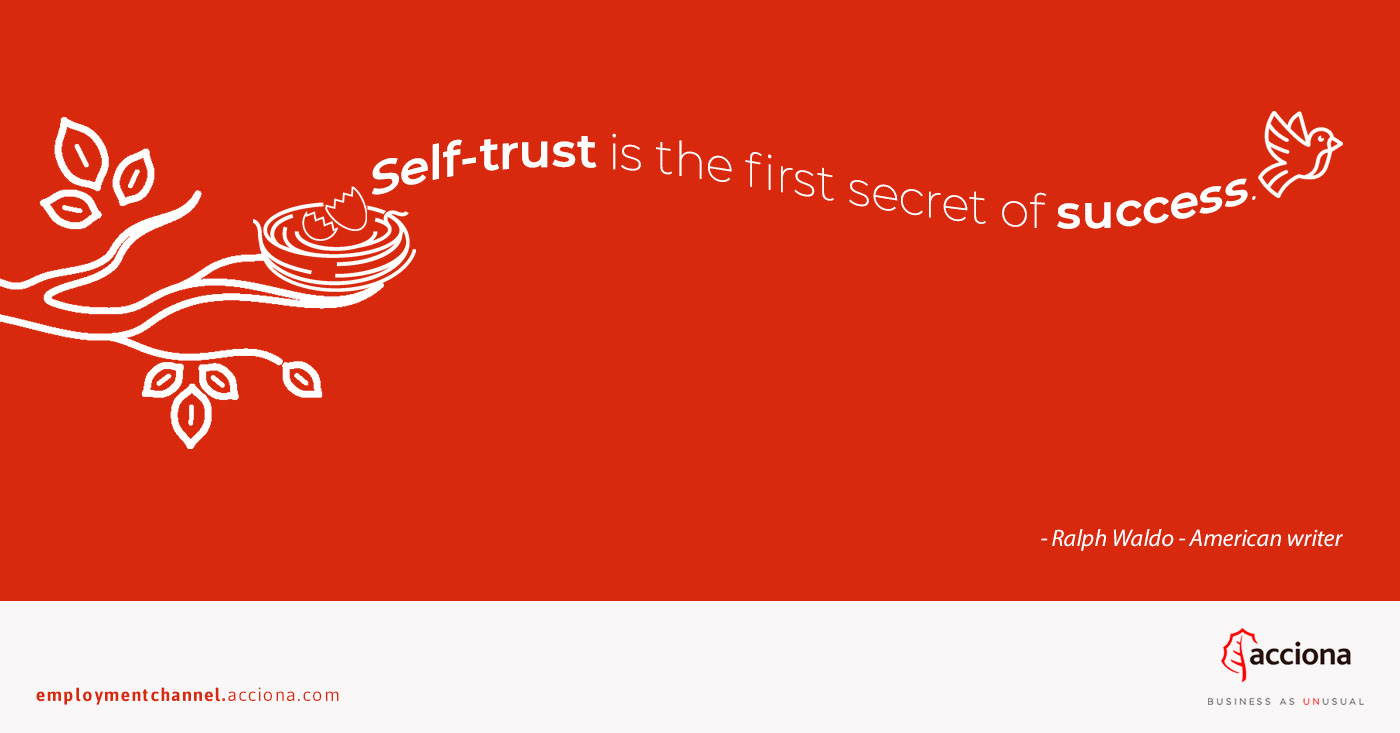Spanish philosopher José Ortega y Gasset said: “Young people need to believe themselves, a priori, superior. They are, of course, wrong, but this is precisely the greatest right of youth”. Indeed, gen Ters are not superior —they still have to compete with centennials and millennials—, but in a decade this 25.8% (and counting) of total human population will start off their professional career. By then, the scenario should have changed.
Generation T: tactile, toucher

X, Y, Z… and T?
Those born between 2010 and present time are called gen Ters. Why letter ‘T’? After ‘Generation Y’ and ‘Generation Z’, it seemed like the alphabet would be repeating again from the beginning. For some experts, these new group should be called Z2, since they share some similarities with digital natives. But, eventually, it was decided that a different letter would be used, given that dissimilarities between them and centennials are more numerous.
Generation T shouldn’t be mistaken with those born before 1945, known as the silent or traditional generation. They’re austere and authority-abiding, due to the social and political environment they grew up in. Almost a century separates both generations, which translates into a lot of changes that have modified the personality of young people during this time.
Attributes of generation T
Despite their young age, they’re the more easily identifiable generation, since they are being born into the modern world and they shape their personality, concerns and needs based on it:
- The third sense of generation T. Their name comes from the sense of touch. Our relationship with everything digital was a matter of sight and hearing before; now, a third sense comes into play. Touch screens, buttons, wearables… many of these children have learned to use a tablet before being able to speak fluently.
- Therefore, they’re digital. A feature they share with both centennials and millennials, although viewed from another perspective. Centennials were born within a digital but non-tactile environment. Millennials learned to live in said digital world.
- Internet presence. Four years ago, more than 80% of touchers had presence on the internet, either through a relative’s profile picture, or somebody else’s. Perhaps their perception of the distinction between online public life and the more analogic private life will be affected by this in the future.
- A sense of impatience. In a digital context almost everything happens, when, where and how we want it to. Processes are slower in the real world. A child from generation T accustomed to that level of immediacy is not capable of understanding this message, therefore triggering negative feelings during the waiting.
These features of generation T, which are already starting to show up, are joined by others such as: a concern for sustainability, since they’ll suffer the consequences of resource overexploitation; capacity for innovation, derived from previously mentioned characteristics; and collaborative work, also derived from the hyper-connected world they are living in.
A challenge for organizations, a challenge for people
Being aware of previous features, and taking into account that the future labour force will be comprised of gen Ters, we may infer that they’ll want to work for sustainable, innovative companies with a strong sense of collaboration. Companies that neglect thinking in solutions for the future won’t be of interest for touchers.
In addition, companies will have to adapt their work pace to their way of life, that is, some kind of “streaming” workflow capable of simplifying steps while improving immediate response time. Methodologies such as Agile or JTBD, version 2.0, will be perfect for this generation.
We shouldn’t dismiss the role employer branding will play for generation T, either. Companies willing to retain gen Ters will have to step up their online presence game. Transparency, updated information and a more human perspective regarding what is published may become key factors in order to retain their talent or not.
Luckily, generation tactile won’t compromise a department’s conviviality. Accustomed to interact with diverse profiles, they’ll translate their extroversion into the professional world. By developing those communicative soft skills, they’ll be able to become true leaders of change.
Sources: Indexmundi, BBVA, La Sexta